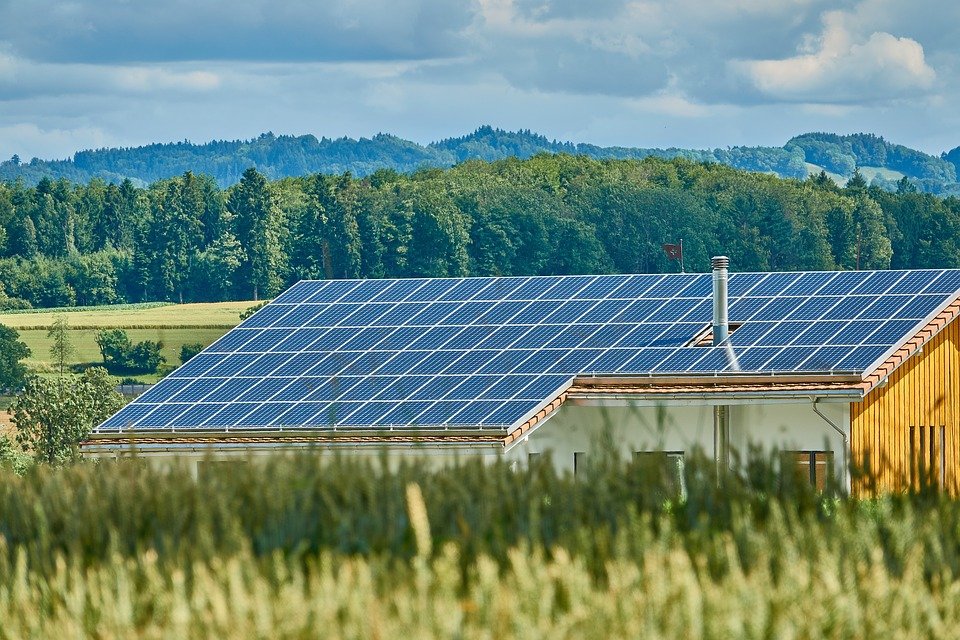Solar Panel Installation Process Overview

Solar panel installation is becoming increasingly popular for numerous reasons, click here to learn more about this. The first reason is a direct result of a recent study showing that solar power can dramatically reduce your energy bill while simultaneously helping to preserve our valuable natural resources. Solar panels are, in fact, the most inexpensive way to build a solar panel. A complete home solar power system can easily save you more than a thousand dollars per year in energy costs alone, while at the same time reducing your carbon footprint significantly, read more now. These savings, coupled with the fact that the ongoing cost of fossil fuels is steadily rising out of control, make solar power an attractive proposition for just about anyone concerned about the environment or the national budget.
Solar Report's research studies reveal that the installation process for residential solar panels is surprisingly simple. Of the many factors that go into a successful solar panel installation, roofing materials, placement, and skill level of the individual are all relatively easy to control or adjust. Of these elements, however, roofing materials remain a somewhat overlooked but crucial factor. While a qualified and competent installer can professionally install the panels and all of the other components of the system for less than it would cost for them to hire someone to perform the same work, without the proper materials, the entire installation process will be much more difficult, time-consuming, and expensive.
As noted above, the roof is the foundation upon which the solar panel installation is performed. Solar roofs are typically made of materials that are specifically designed to withstand harsh weather conditions, such as heavy rain, snow, or extreme temperatures of up to extreme -3 degrees Fahrenheit. Additionally, the panels themselves are often made of materials that are also highly durable, such as solid silicon and polycarbonate. These materials will not be damaged by hail, wind, or temperature changes, which make solar roofing an excellent choice for just about any household with an existing roof.
Once the solar panel installation has been completed, the installer will schedule a site visit. At this site visit, the site visit coordinator will evaluate the condition of the solar system, look at the potential site for installation, and prepare the site for the installation process. The site visit coordinator will also assess the available electricity options for the home and determine the best (and most cost effective) way to provide electricity to the home. The site visit coordinator will also typically be responsible for scheduling a pre-installation ground test for each system, as well as supplying any needed paperwork and permits.
After the site visit, the installer will setup the systems and perform routine maintenance and safety inspections. The installer will then disconnect the connection between the panels and the home's electricity system. The main connection points will be located in a place above the roof line, while the other connections may be located along the ridge. The installer will connect each system individually and carefully run wiring throughout the house. Next, the installer will secure the systems to the roof. Finally, the solar panel installation process is completed.
The price tag of installing these panels can vary dramatically, depending on the number of units and size of the arrays. The cost of each panel will vary by approximately ten percent, and an entire panel can cost nearly one thousand dollars. With a price tag like that, many people shy away from purchasing this alternative source of electricity. However, the price tag is far less than the price of a typical electric bill, and with tax credits, the overall cost of generating electricity through the use of solar panels can make the investment well worth the price. With the government providing financial incentives and tax credits, as well as many rebates, people are more than happy to spend the money upfront for the peace of mind it provides. Click here: https://en.wikipedia.org/wiki/Photovoltaics to learn more about this topic.
